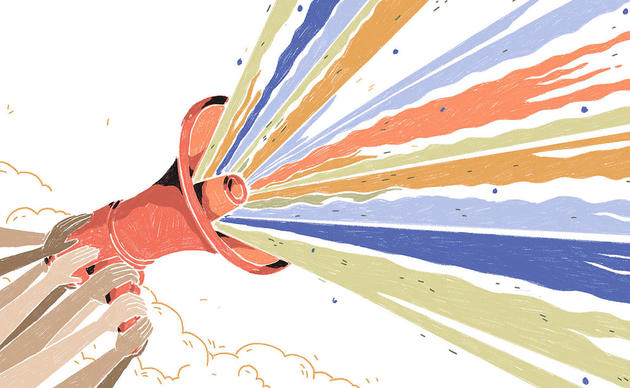We’ve all heard about how air pollution can threaten human health, but how does it impact birds? Over the years, there have been clues.
Following Britain’s Clean Air Act of 1956, it was reported that several species of birds returned to London. In 1986, Mexico City’s air pollution levels were so severe that various news sources reported birds falling from the sky in droves. In 2013, particulate matter from nearby forest fires shrouded Singapore so completely that locals found dead birds near their homes.
Studies have confirmed that birds, which share the air that we breathe, are afflicted by the same respiratory problems as humans when exposed to air pollution. In addition, field studies have shown that the effects of air pollution can extend to bird habitats as well, changing the landscape in subtle but important ways.
Direct Impacts on Birds
Ground-level ozone (O3) and nitrogen oxides (NOx), two of the most common air pollutants in California, are powerful oxidants that can cause direct, irreversible damage to birds’ lungs. Long-term exposure can lead to inflammation, ruptured blood vessels, and lung failure.
Birds are exposed to more airborne particles – or particulate matter (PM) – than humans because birds have a higher breathing rate and spend more time in the open air. Extra-fine particles, especially those less than 2.5 microns in diameter, are small enough lodge into the deepest branches of the lungs.
Studies have shown that long-term exposure to polycyclic aromatic hydrocarbons (PAHs), toxic chemicals commonly emitted by traffic, may cause reduced egg production and hatching, increased clutch or brood abandonment, and reduced growth in birds.A study in Spain found that blackbirds exposed to long-term air pollution were found to have significantly lower body weights.
PAHs have also been found to cause DNA mutations in Double-crested Cormorants in Canada, which can then be passed to their offspring.7 In humans and birds alike, DNA mutations may disrupt essential cell processes and cause cells to divide uncontrollably – a condition otherwise known as cancer.
Passerine birds exposed to long-term air pollution were found to have lower red blood cell counts and other significant differences in their blood composition, according to a study.
Impacts on Bird Habitats
Ground-level ozone (O3) directly damages the plant communities that birds rely upon for feeding, nesting, and shelter. According to the Environmental Protection Agency, trees such as the quaking aspen, ponderosa pine, and cottonwood have been shown to be particularly vulnerable to ozone damage. A study in Virginia found that, over time, increased ozone levels may reduce species diversity, alter water and nutrient cycles, and pave the way for invasive plant species.
A study that looked broadly at the impacts of air pollution on biodiversity across the eastern United States found that the accumulation of nitrogen oxides (NOx) and sulfur oxides (SOx) causes soil and water to become more acidic. Soil and water acidification may reduce the abundance or the nutritional value of birds’ food sources. In some areas, this means lower calcium availability in the environment. Since calcium is a necessary component of eggshells, less calcium means smaller clutch sizes, according to a study in the eastern United States. Soil acidification has been shown to cause die-off of ponderosa pine roots in the San Bernardino Mountains.
Nitrogen oxides (NOx) from air pollution are a significant cause of eutrophication – the excess of nutrients in a body of water. Eutrophication can reduce the populations of fish and invertebrates that birds depend on for food.
Over time, nitrogen oxide accumulation may also pave the way for invasive nitrogen-loving plants at the expense of native plants. Lichens, which some California birds use for forage and nesting material, are among the first flora to be afflicted.
(photo of downtown Los Angeles shrouded by smog by Moritz Lino)
By Kenneth Qin
Your Guide to Climate Action
Here’s where to begin and how to amplify your efforts to make lasting change in the world.




